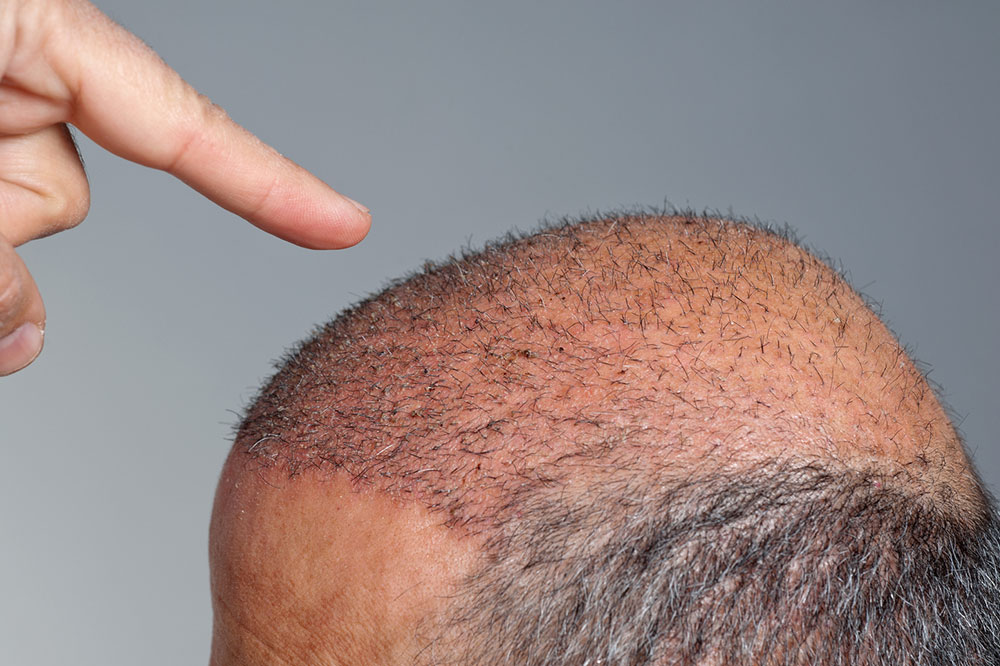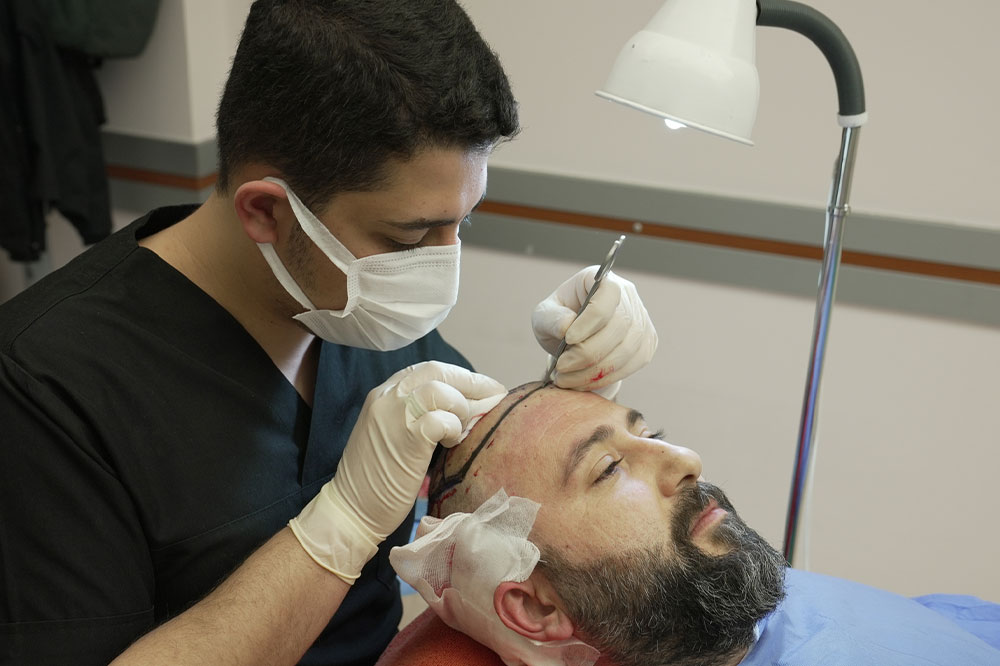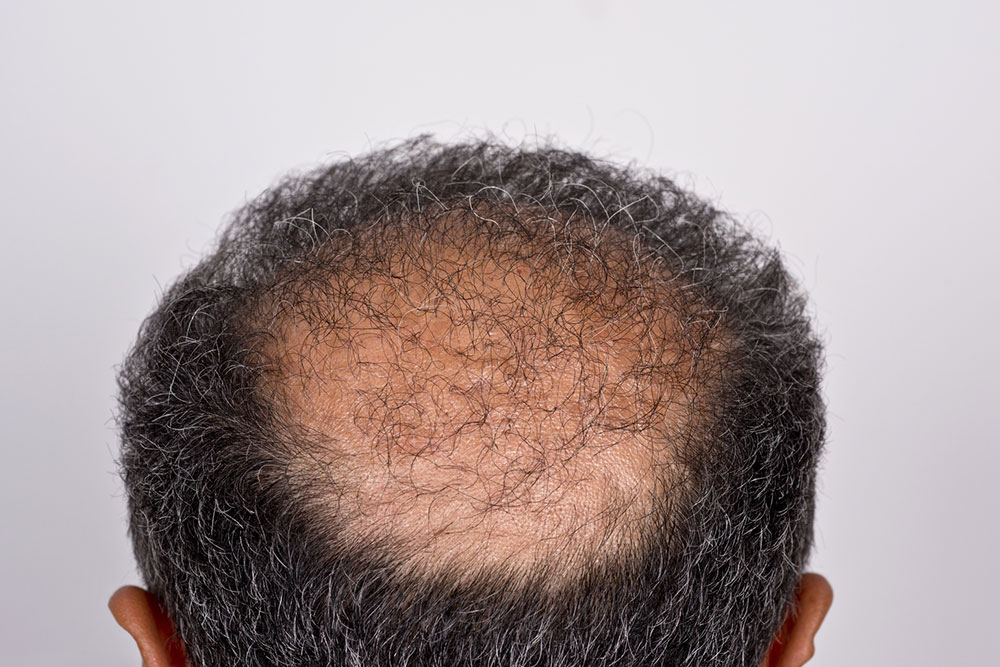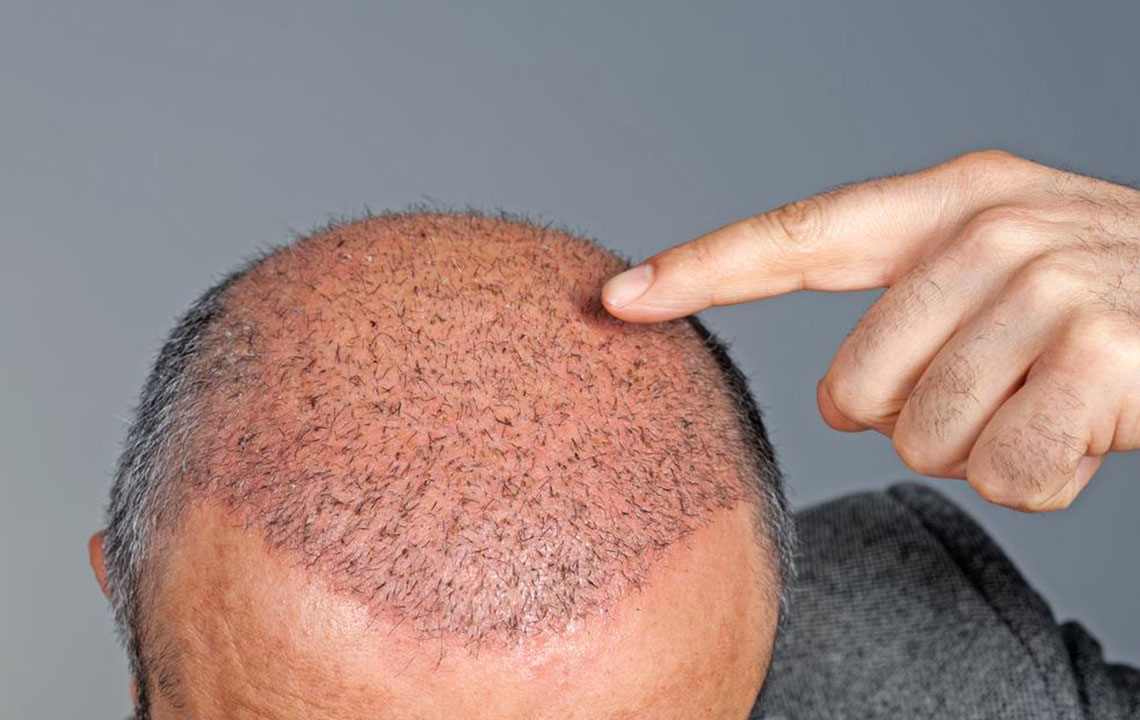Comprehensive Guide to the True Costs of Hair Transplantation Procedures
Discover the comprehensive factors influencing hair transplant costs, including technique, surgeon expertise, location, and additional expenses. This guide helps you plan your budget effectively for the best results. Learn what to expect financially before undergoing a hair transplant procedure, ensuring informed decisions for long-term hair restoration.

In-Depth Analysis of Hair Transplant Cost Factors and Budgeting Tips
Are you frustrated with unsuccessful hair growth treatments or natural remedies that haven't worked? If so, a hair transplant could be an effective long-term solution to restore your hair and confidence. This surgical procedure involves transferring hair follicles from a densely populated area of your scalp, typically the back or sides, to areas experiencing hair loss. While it offers promising results, understanding the costs involved is crucial before making a decision. In this comprehensive guide, we will explore the various factors that influence the price of hair transplants, typical expenses, and how to plan your budget effectively.
Key Factors Influencing Hair Transplant Costs
Determining the actual cost of a hair transplant involves considering multiple elements that vary from patient to patient. Below are the main contributors to the total price:
Number of grafts required
The number of hair follicles, or grafts, needed to achieve the desired density significantly impacts the total cost. Extensive bald areas will require more grafts, making the procedure more expensive. For example, a small patch might need only a few hundred grafts, whereas widespread baldness could necessitate over 2,000 grafts or more. The calculation is typically based on the amount of coverage needed, and each graft generally contains 1-4 hair follicles. The more grafts you need, the higher your expenses will be.
Expanding the number of transplanted follicles increases overall costs, making it essential to precisely assess your needs with a professional.
Type of hair transplant technique
Different surgical methods come with varied price points. The most common techniques include Follicular Unit Transplantation (FUT) and Follicular Unit Extraction (FUE). FUT involves removing a strip of scalp and dissecting it into grafts, which is generally less expensive but leaves a linear scar. FUE involves extracting individual follicles directly from the scalp, providing minimal scarring but often at a higher cost due to its labor-intensive nature. Your choice of technique can influence your overall expense significantly.
Experience and reputation of the surgeon
Surgeons with extensive experience or renowned expertise usually charge higher fees, reflecting their skill level and success rates. While it might be tempting to opt for the lowest price, selecting a highly qualified professional increases the likelihood of achieving natural-looking results and reduces the risk of complications. Always check credentials, patient testimonials, and before-after photos before making your decision.
Location of the clinic
The geographical location has a notable impact on costs. Clinics situated in major metropolitan areas or high-cost cities tend to charge more due to higher overhead costs. Conversely, clinics in smaller towns may have lower prices. Additionally, some regions are known for their specialized hair restoration centers, which can influence pricing. When considering a clinic, factor in travel expenses if you need to visit a provider outside your immediate area. These additional costs should be incorporated into your budgeting process.
Beyond the procedure itself, there are other financial considerations to keep in mind, including travel expenses, medications, and follow-up visits. Proper planning ensures you’re prepared for the full scope of costs associated with your hair transplant journey.
Cost Estimates in Major Cities Across the U.S.
Typically, surgeons price hair transplants based on the number of grafts, with rates ranging from $2 to $10 per graft. For instance, a typical treatment for male pattern baldness often requires approximately 2,000 grafts, which can result in a total cost between $4,000 and $20,000, depending on various factors. Female hair loss treatments may be somewhat less extensive, often requiring around 1,200 grafts, and thus, generally costing less.
Here's an overview of approximate costs in some prominent U.S. cities:
New York: $5,000 – $20,000
Los Angeles: $4,000 – $17,000
Chicago: $7,500 – $17,000
Dallas: $5,000 – $14,000
Miami: $4,000 – $10,000
Atlanta: $4,000 – $20,000
San Francisco: $4,000 – $15,000
It’s important to emphasize that prices can fluctuate based on the clinic’s reputation, the surgeon’s expertise, and additional services offered. Since hair transplants are considered cosmetic procedures, insurance coverage is typically unavailable, meaning patients need to prepare for full out-of-pocket expenses. Additionally, ongoing costs such as hair growth medications and regular follow-up visits should be factored into your financial planning.
Final Tips for Budgeting Your Hair Transplant
To make an informed decision, research multiple clinics, compare their prices, and review patient testimonials. Always prioritize quality and safety over cost to ensure the best long-term results. Consult with several specialists to get personalized quotes and a clear understanding of what’s included. Remember, investing in a skilled surgeon can lead to more natural results and avoid costly revisions in the future.
In conclusion, understanding the full scope of costs involved in hair transplant procedures empowers you to plan effectively and choose the right provider. While the expense may seem significant, a carefully executed transplant can provide permanent hair restoration, boosting confidence and quality of life for years to come.





